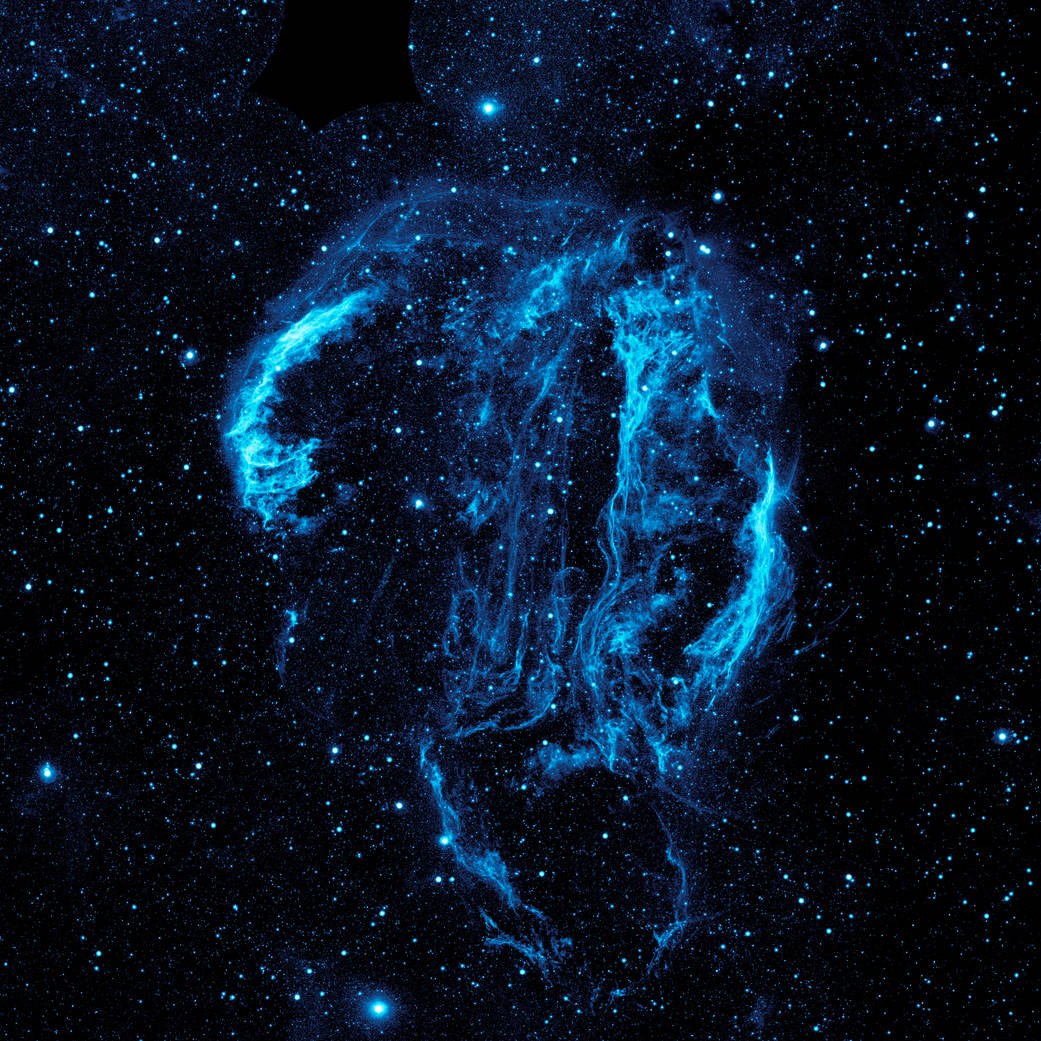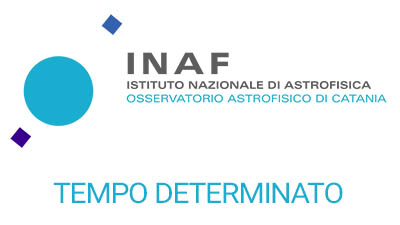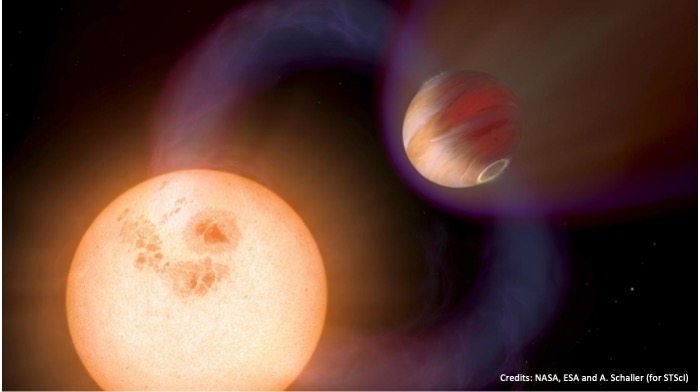New high-frequency radio observations of the Cygnus Loop SNR
Supernova remnants (SNRs) result from the stellar mass ejected during a supernova explosion, and their spatial and temporal evolution is strongly related to the interaction between the SNR shocks and the surrounding interstellar medium (ISM).
Thanks to its large size, its location well out of the Galactic plane, and its high brightness, the middle-age SNR Cygnus Loop is well suited for observations across the entire electromagnetic spectrum. In the radio band, this SNR presents a very characteristic morphology with a large northern circular shell and a bubble-like shell located in the southern part.
The radio studies showed substantial differences between these two regions, which could be related to the local magnetic field conditions, particle populations with different energy distribution or peculiar emission mechanisms. Despite this scientific interest, sensitive flux density measurements are missing at higher frequencies (above ∼ 5 GHz), due to the technical difficulties in performing radio continuum observations of such a large source. These arguments made Cygnus Loop a very interesting target to observe with the Italian radio telescopes.





